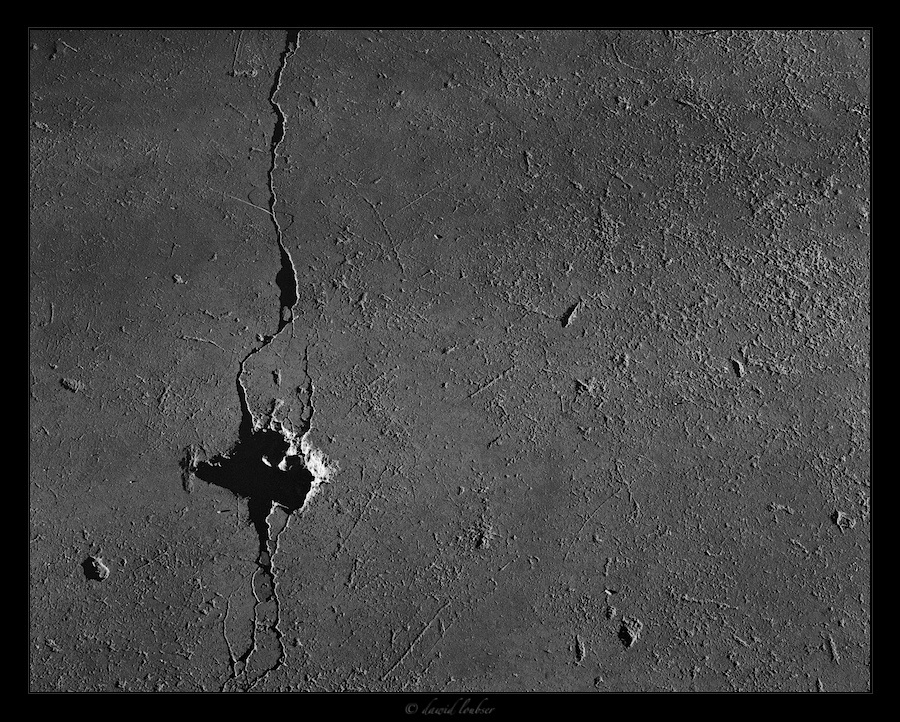Dawid Loubser
Member
Sometimes I am drawn to extremely minimalist compositions. The 10-minute process of composing an image like this (taken at an angle, had to use a combination of camera movements to get every grain in sharp focus across the frame) forces me to play with the subject, and "home in" on the proportions that I find pleasing, that I can "see" in a print in my mind's eye.
The two things that I like about this image, is
What do you think?
The Beauty of Age

(Ilford FP4+ film (4x5in), Linhof Technika V, Schneider APO-Symmar 150mm at f/16)

(Ilford FP4+ film (4x5in), Linhof Technika V, Schneider APO-Symmar 150mm at f/16)
The two things that I like about this image, is
- The magnificent irregularity of the end-result of the micro-destructive forces of nature
- The independence of scale: this could be a 4:1 macro, or an aerial photograph, both illustrating the ageing process.
What do you think?

